How To Paint Bedroom Furniture
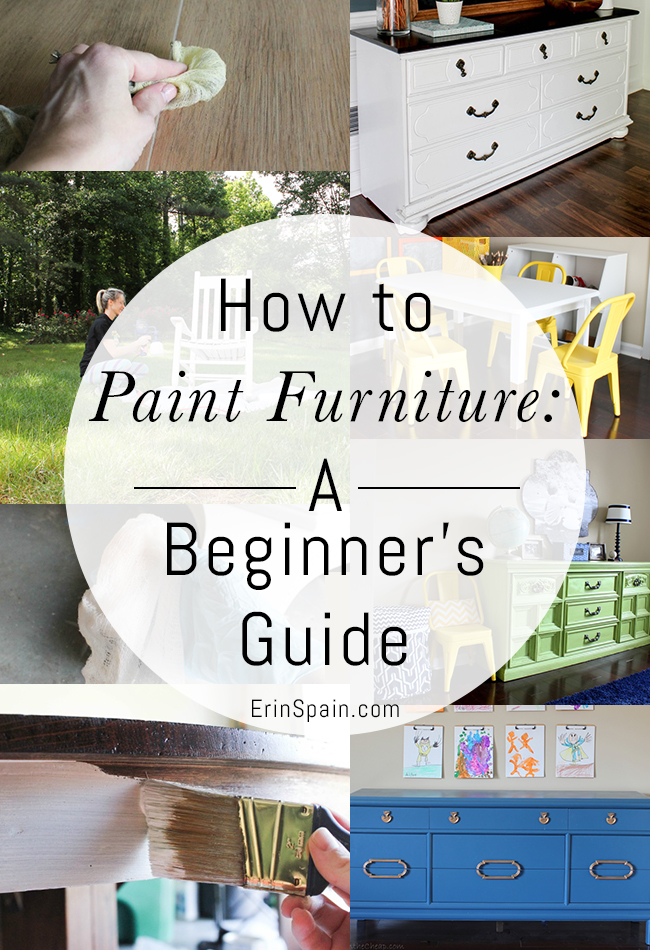
Hello friends! While refinishing furniture can be time consuming and hard work, it is well worth it when you see the outcome and know that you have created a custom piece of furniture for your home. Today I am sharing an easy tutorial for how to paint furniture. This is a very basic "beginner's guide"—or Furniture Painting:101. (Check out the end of this post for a video tutorial on my YouTube channel!)
How to Paint Furniture: A Beginner's Guide
About the Tutorial
Although I have learned a lot about painting and refinishing furniture, I wasn't always all that knowledgeable. I have painted several pieces for my home, and most of them I did totally WRONG! I know it sounds like it should be so simple – you just grab a paint brush and paint, right? Nope! If you want a professional-looking finish that is going to last (that's the key – you don't want it to start chipping and peeling away), then there are a few guidelines that you need to follow.
Although there are many furniture refinishing techniques, today I am going to cover just the absolute basics of painting. I realize that some of my readers are furniture painting veterans, but many of you are not. This guide applies to real wood furniture – I will talk about painting laminate another time.
Ok, so let's get down to business.
Project Supplies:
- Murphy's Oil Soap
- Medium Grit Sandpaper
- Fine Grit Sandpaper
- Primer
- Tack Cloth
- Paint
- Paintbrush
- Foam Roller
- Paint Sprayer (Optional)
- Topcoat (I like MinwaxPolycrylicand Finishing Wax. I also loveMinwax Satin Wipe-On Polyfor stained pieces.)
HOW TO PAINT FURNITURE
Step 1: Prep, prep, prep!
First, prep your piece of furniture. You can't just slap on a coat of paint and call it a day. It will peel and chip and it will not last. The first thing I like to do before I paint a piece is to give it a good cleaning (after removing the hardware, of course), especially if it's been sitting around in a dusty garage or storage space. Murphy's Oil Soap works great and it's safe for furniture. Remove all drawers before painting and work on those separately.
Step 2: Sand
Next, sand your furniture and get all of the glossy finish off so that the paint will have a good surface to "grab" onto. Medium-grit sandpaper should be fine. (I use fine-grit between paint coats.) If you are painting as opposed to staining, there is no need to strip the finish or sand it down to the bare wood. Simply removing the glossy finish will suffice. If the surface is already dull, you can skip this step.
Step 3: Prime
After your furniture is dry and dust-free, paint on some primer. This helps your paint adhere to the piece better and it also covers any stains or discolorations in the wood. I prefer KILZ Primer , and they also offer it in a spray (which I haven't tried yet, but plan to!). I've heard great things about it. Oil-based primer is also great for furniture.
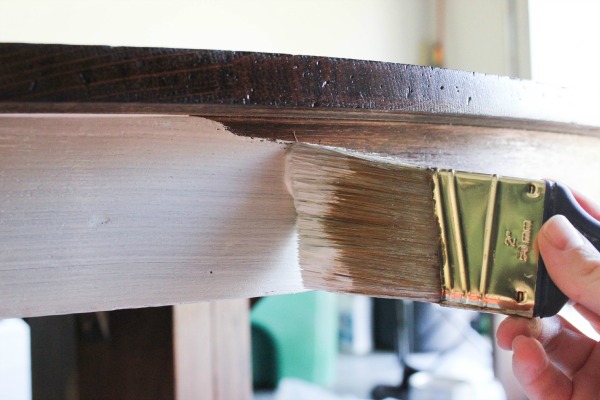
Step 4: Sand Again
Then, sand again! Using a fine-grit sandpaper, lightly sand your piece between EVERY SINGLE coat of paint. This helps you attain a much more professional and even finish. Be sure to remove the sanding dust each time—tack cloth works great.
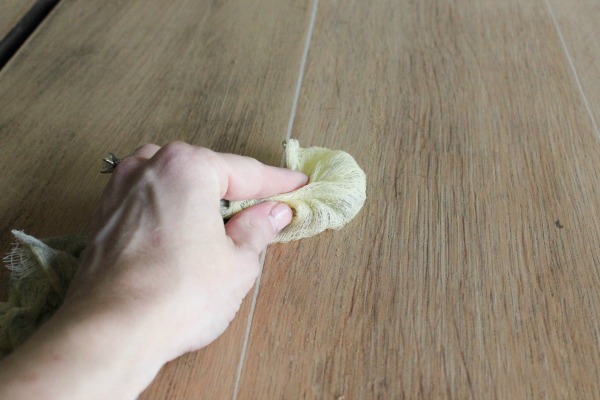
Step 5: Paint
Now that you have your piece primed and ready, it's time to paint. For furniture, I use interior latex paint, usually in a semi-gloss finish. I recommend anything that's not a flat finish. (It will show every fingerprint and flaw and will be harder to clean.) The glossier the finish, the easier to clean. Paint thin coats, and I will repeat: sand between each coat! This step is very important if you want to achieve an even finish. I normally paint 2-3 coats total.
Now, there are a few different ways to go about painting. You can use a paint sprayer , or even regular spray paint (just get a decent brand!), a brush, or roller. I usually use a small foam roller on the main parts of the furniture and a brush in the hard to reach crevices, painting the crevices first. The roller helps prevent visible brush strokes.
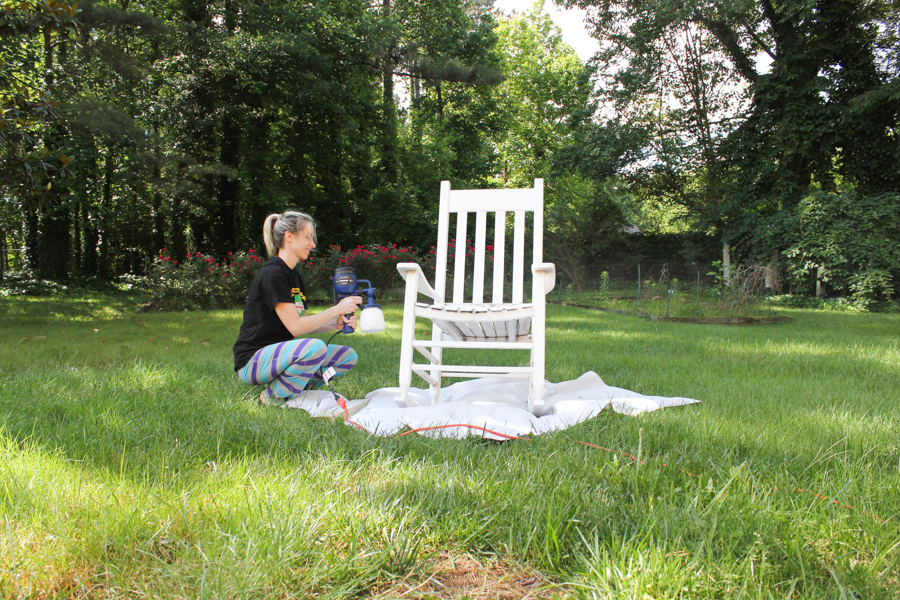
Step 6: Protect
After your last coat of paint has dried for at least 24 hours, you are ready to seal it. (Or you can just leave it alone and let it cure for about 30 days. But if you plan on doing this, then seriously, leave it alone and don't touch it!) Sealing your furniture provides extra protection for your finish and also creates a wipeable, easy to clean surface. If you are using a white or extremely light color of paint, I highly recommend that you do NOT use polyurethane to seal your finish. It can yellow over time. On any other paint color, it should be fine, and I recommend Minwax Wipe-On Poly because it is extremely easy to use. (I like the Satin finish.) I really prefer to use a water-based topcoat though like Minwax Polycrylic. It's easier to clean up and there aren't as many fumes.
Another option, which I love, that can be used on any color including whites, is furniture wax. Minwax Finishing Wax is awesome, and I've heard good things about other brands as well. You just wipe it on (I use cheesecloth to apply it), let it dry for 10-15 minutes, and then buff it with a clean cloth until you get it as shiny as you want it. This is what I used on my dresser. After you've sealed your furniture, I recommend leaving it alone for a day or two before using it or touching it. It would be a shame to cause damage to all of that hard work by handling it too soon!
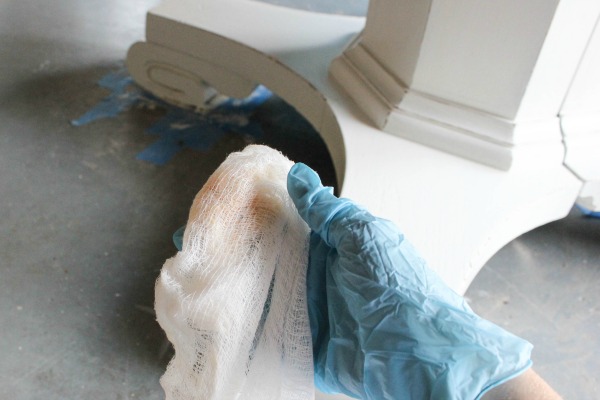
Add your hardware, and you're done! You can also distress the piece if you'd like, or just leave it as is. The dresser in the photo was just slightly distressed using fine grit sandpaper. I distressed it after my last coat of paint and before applying my wax.
Paint has an amazing power to transform any piece. Here are a few pieces that I've painted:
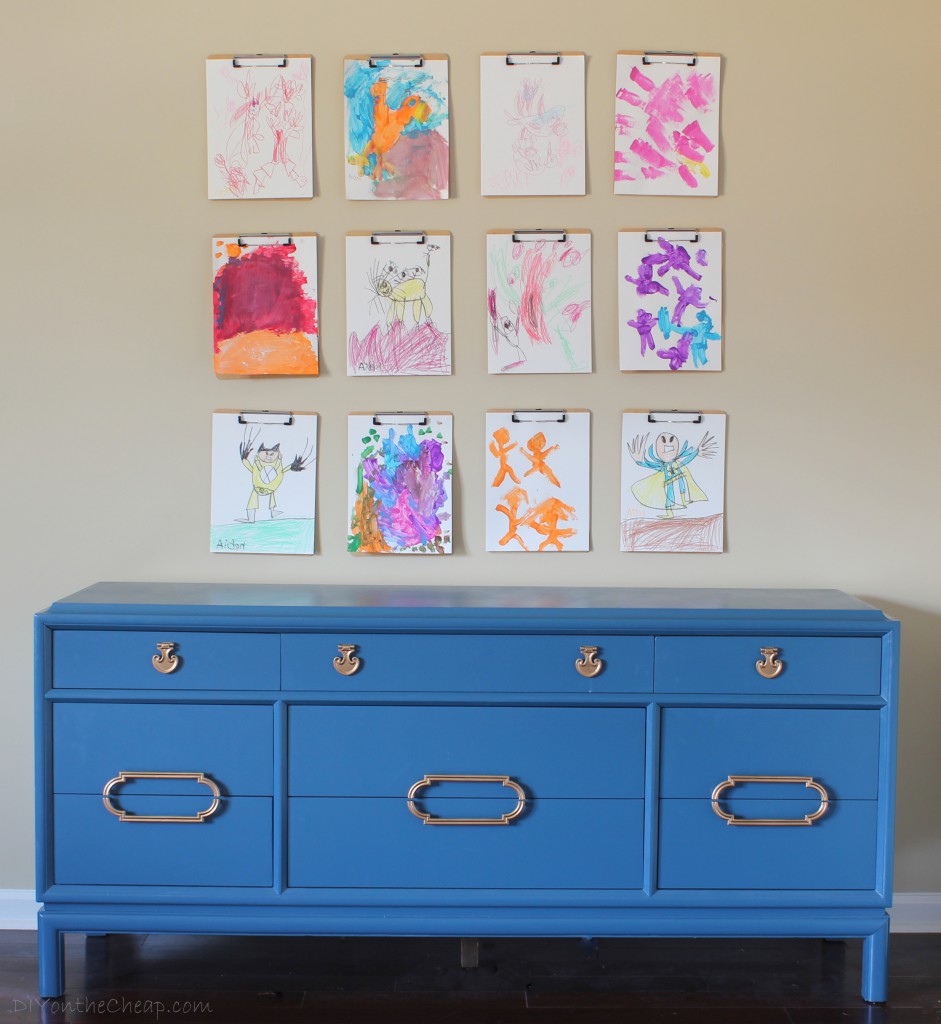
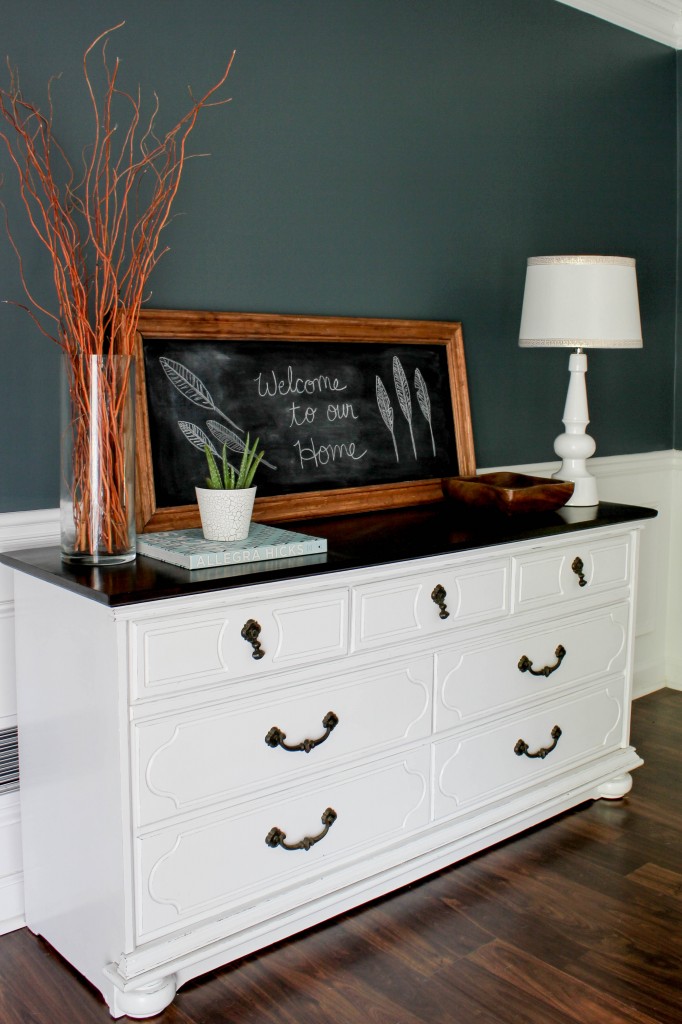
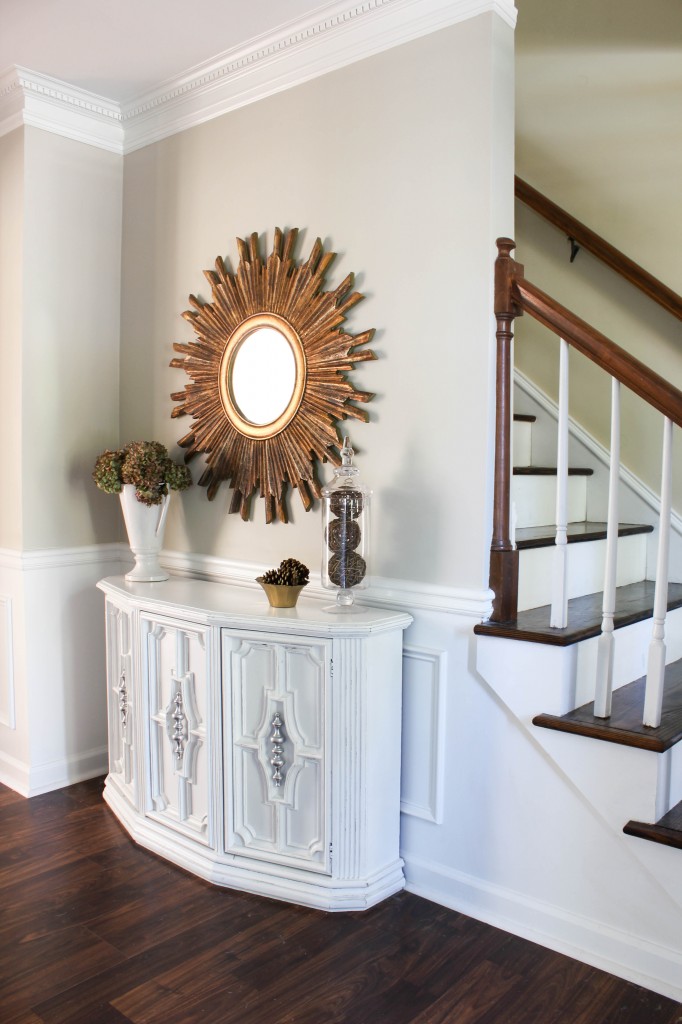
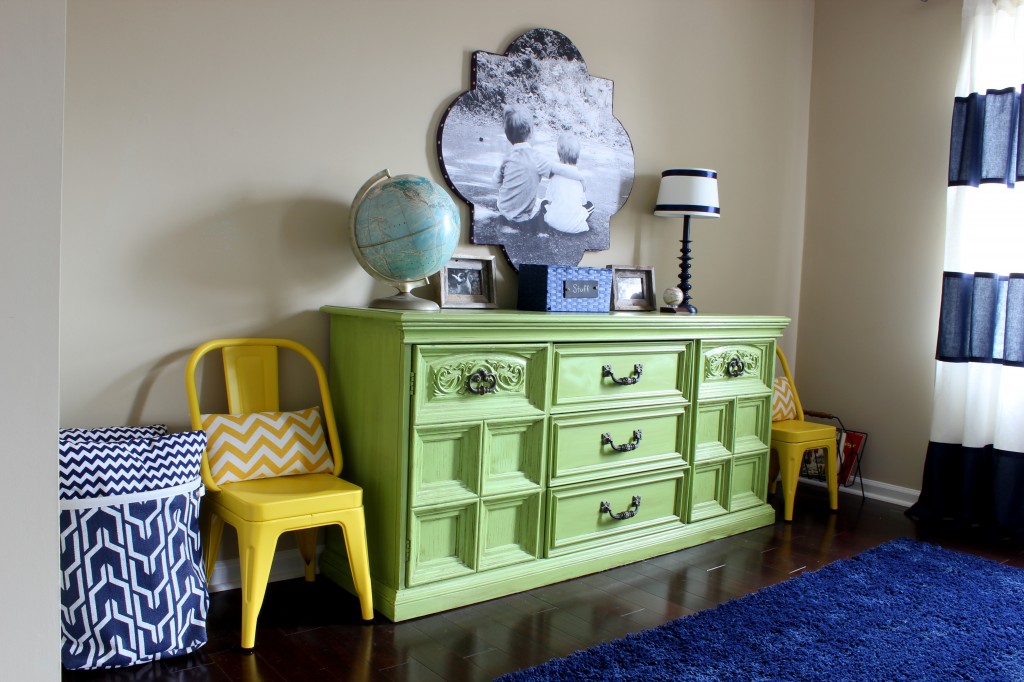
I hope this tutorial has been helpful for you! If you have any questions about how to paint furniture, please feel free to leave a comment and let me know.
Here is my tutorial in video form on my new YouTube channel!:
You Might Also Like:
- How to Strip Paint off Furniture
- How to Stain Furniture
- How to Tell if Wood Furniture is Real or Fake
- How to Paint a Striped Wall
- The Best Paintbrushes for a Smooth Finish
- My Favorite Painting Tips & Tricks
Feel free to explore my Project Gallery here.
Questions? Comments? Let me know! I love hearing from you.

Disclosure: This post contains affiliate links.

Thanks for visiting!
-Erin
How To Paint Bedroom Furniture
Source: https://www.erinspain.com/how-to-paint-furniture-a-beginners-guide/

0 Komentar